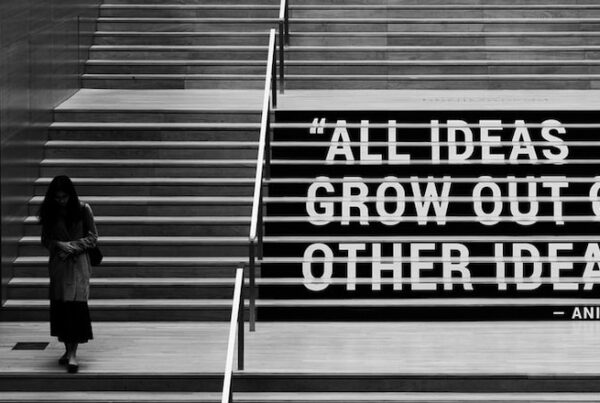
Recently, I’ve been in an ongoing conversation with a CEO of a mid-sized company about marketing research, consumer insights, and innovation. This CEO is an engineer by training, and he started his company with a great idea. This year, sales for his company will exceed $500 million. Not bad.
While the company has a product development and marketing function, they’ve never invested in formal consumer research. Up to this point, they never saw the need. Like many firms that get to this stage and size, growth can stall and as this CEO put it, “our decision makers are disconnected from the consumer.” He now thinks one part of the solution is to build an “ongoing program of consumer inquiry and evidence gathering.”
I challenged him on the word choice and accused him of sounding like an engineer. (Apologies to my engineer friends.) My response to him: “Did you build this company on inquiry and evidence?” After shifting in his seat for a few seconds, he answered “no.” I continued: “What then was it that made you see a solution that no-one else saw?” We went around a few times and he finally reached the answer I was pressing for: the company’s initial success was based on an insight, or a deep intuitive understanding of the consumer. This CEO could put himself in their shoes, better known as empathy.
That conversation helped him understand the importance of fostering the right balance of empathy and evidence when making decisions. As organizations grow, some become more risk intolerant. As such, hard evidence supports decision making and can trump the fuzzier concepts of intuition, insight, and instinct.
As our conversations progressed, this CEO quizzed me on what best performers do as it relates to their insights functions. My first reaction was predictable: “You need to hire a person with this background and with these skills.” He turned the tables on me: “Kip, you sound like a researcher.” Touché. “I want to know about the culture. How do the best performers behave?” This caught me off guard. I’ve never been asked this question before. After a few days of reflection, I came up with this 5-point list.
- Best performers are masters of empathy. They spend a lot of time with their consumers in a variety of settings: at their homes, where they use the products, in stores, and in traditional research settings.
- In their innovation process, they pull learning forward and push the decisions as late as possible.
- Decision makers rely on objective facts and data but never discount the subjective. Numbers are important but so are the reasons behind a particular measurement.
- They are a little paranoid about what they don’t know, and never feel like they know enough. At the same time, they are comfortable with ambiguity and rarely suffer from analysis paralysis.
- Research is used to inspire and align teams, and rarely used to settle internal disputes or “prove a point.”
Looking back, this dialogue was a gift. I’ve never thought about an insights culture. The more I reflect on this list and the organizations we have worked with, I’m convinced that being a great insights organization is finding the right balance of empathy and evidence. As innovators, we should never forget that we are making goods and services for real people.




Love this!